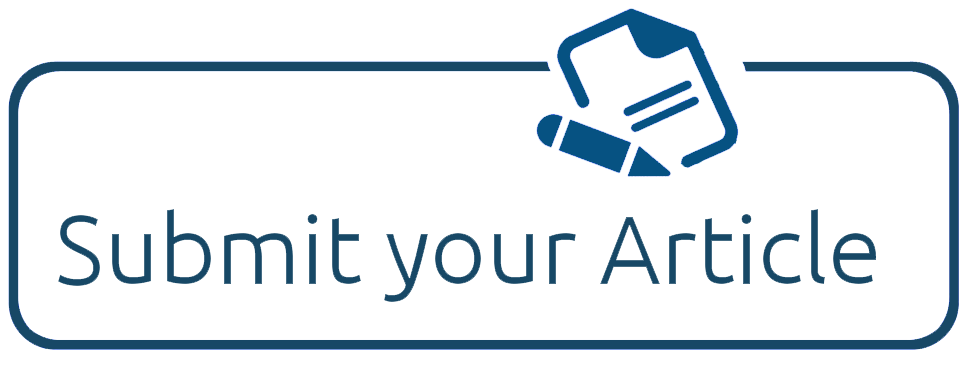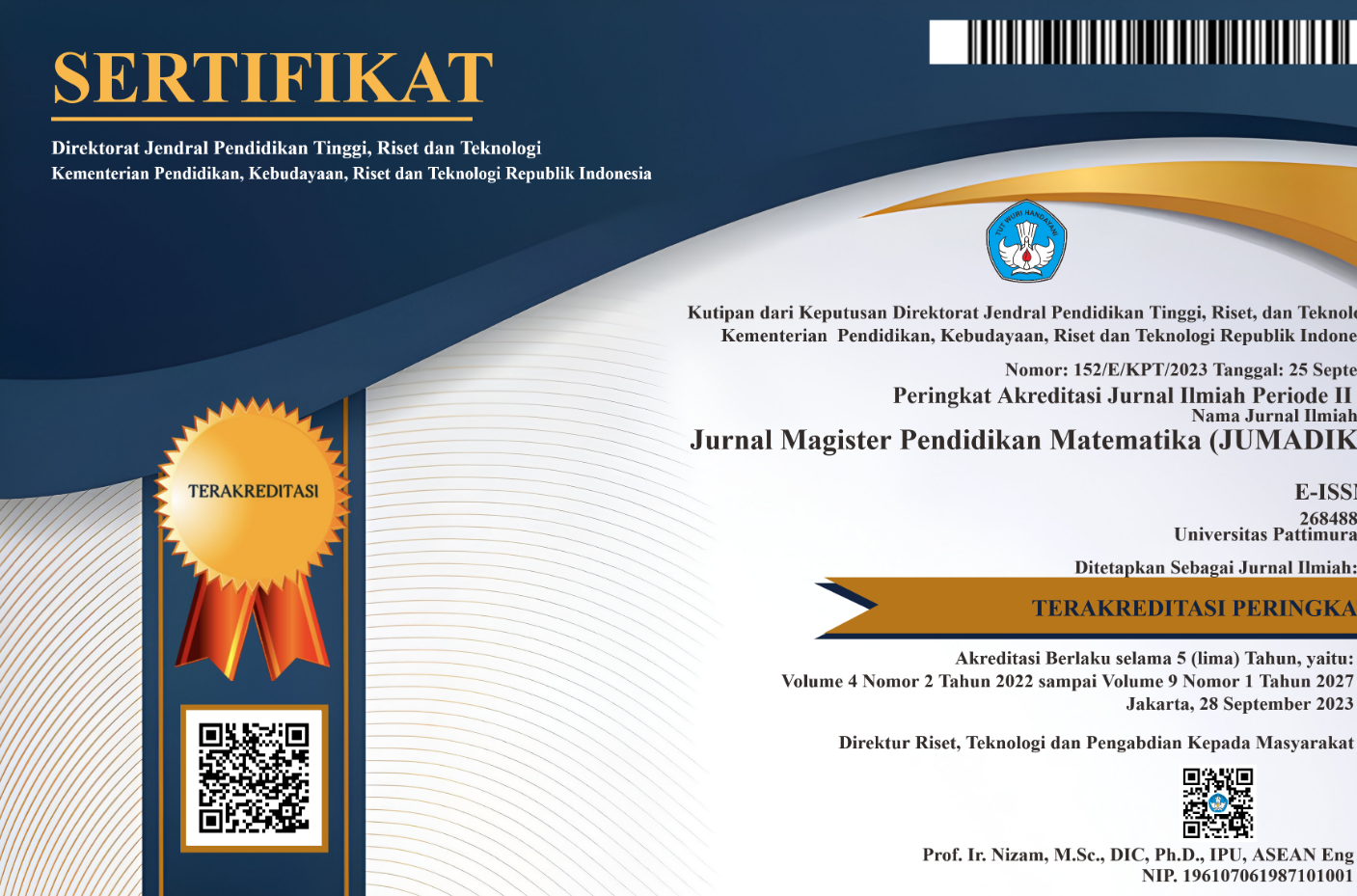PENGEMBANGAN PERANGKAT PMR DAN PENGARUHNYA TERHADAP HASIL BELAJAR MATEMATIKA PADA SISWA KELAS VIII SMP KATOLIK AMBON
Kajian Masalah Materi Bangun Ruang Sisi Datar
Abstract
This study aimed at: 1) producing a valid learning material of realistic mathematic for flat space solid edge material at VIII grade students of SMP Katolik Ambon; 2) finding out the effect of using learning material of mathematic realistic toward learning outcome for flat space solid edge material at VIII grade students of SMP Katolik Ambon. This study was an experiment research initialized by conducting development research to produce learning material oriented to realistic mathematic learning for flat space solid edge material at VIII grade. The development process of learning material followed the procedure of Thiagarajan 4-D model of development that had been modified without dissemination. The results of learning material development with realistic mathematic learning approach were lesson plan, learning material, students’ worksheet and learning outcome test, while the experiment was used to describe the learning effectiveness with realistic mathematic learning approach and to compare learning outcome between students who followed learning process with realistic mathematic learning approach and students who learnt conventionally for flat space solid edge material. The results showed that: 1) learning material with realistic mathematic learning approach for flat space solid edge material had fulfilled the criteria which was show by good expert validation, teachers’ activity in managing learning process, students’ activity, positive responses of teachers and students toward learning material and the average percentage of students learning outcome achieving 79% of whole students in the class; 2) students learning outcome was increased based on analysis of inferential statistic, so it could be concluded that the development of learning material of realistic mathematic affected students learning outcome for flat space solid edge material at VIII grade students of SMP Katolik Ambon
Downloads
References
Abdurrahman. 2002. “Pengembangan Perangkat Pembelajaran Penemuan Terbimbing pada Topik Bengun-bangun Segiempat di Kelas 2 SLTP Negeri 16 Pekanbaruâ€. Makalah Komprehensif. Surabaya: PPs Universitas Negeri Surabaya.
Hobri. 2008. Model-model Pembelajaran Inovatif. Jember: Universitas Jember.
Kesek, M. 2009. Pengaruh Pembelajaran Matematika Realistik terhadap Hasil Belajar Materi Pokok Barisan Bilangan Kelas IX SMP Negeri 1 Amurang. Skripsi, Program Studi Pendidikan Matematika Jurusan Matematika, FMIPA: Universitas Negeri Manado. Diakses pada tanggal 22 Nopember 2018.
Mursalin. 2016. Pembelajaran Geometri Bidang Datar Di Sekolah Dasar Berorientasi Teori Belajar Piaget. Jurnal Dikma 4(2). Hlm 250-258.
Ratumanan, T.G. 2016. Inovasi Pembelajaran, (Edisi ke-2). Bandung: Alfabeta.
Suyitno, A. 2004. Dasar-dasar Proses Pembelajaran 1. Semarang: UNNES Press
Copyright (c) 2020 Helena Mataheru

This work is licensed under a Creative Commons Attribution-NonCommercial-ShareAlike 4.0 International License.
License and Copyright Agreement
In submitting the manuscript to the journal, the authors certify that:
- They are authorized by their co-authors to enter into these arrangements.
- The work described has not been formally published before, except in the form of an abstract or as part of a published lecture, review, thesis, or overlay journal. Please also carefully read Jurnal Magister Pendidikan Matematika (JUMADIKA) Posting Your Article Policy.
- That it is not under consideration for publication elsewhere,
- That its publication has been approved by all the author(s) and by the responsible authorities – tacitly or explicitly – of the institutes where the work has been carried out.
- They secure the right to reproduce any material that has already been published or copyrighted elsewhere.
- They agree to the following license and copyright agreement.
Copyright
Authors who publish with Jurnal Magister Pendidikan Matematika (JUMADIKA) agree to the following terms:
- Authors retain copyright and grant the journal right of first publication with the work simultaneously licensed under a Creative Commons Attribution-NonCommercial-ShareAlike 4.0 International License (http://creativecommons.org/licenses/by-nc-sa/4.0/) that allows others to share the work with an acknowledgment of the work's authorship and initial publication in this journal.
- Authors are able to enter into separate, additional contractual arrangements for the non-exclusive distribution of the journal's published version of the work (e.g., post it to an institutional repository or publish it in a book), with an acknowledgment of its initial publication in this journal.
- Authors are permitted and encouraged to post their work online (e.g., in institutional repositories or on their website) prior to and during the submission process, as it can lead to productive exchanges, as well as earlier and greater citation of published work.








